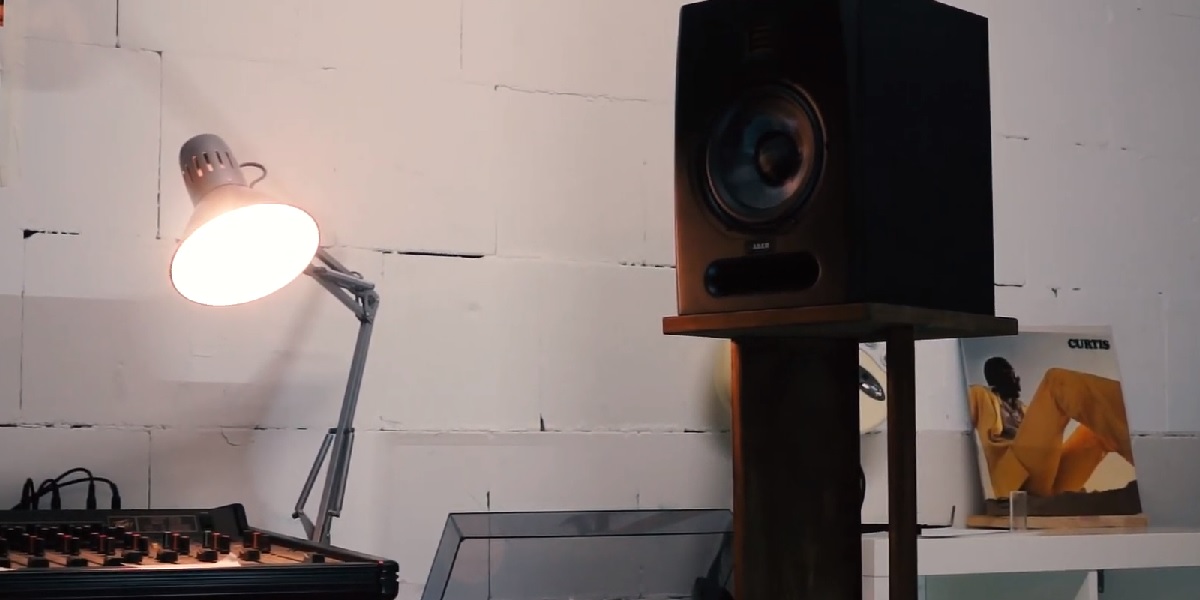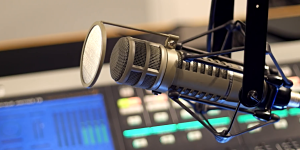The choice of studio monitors arms always causes heated debate among sound engineers. Unreasonably little attention is usually paid to the issue of their installation. However, this aspect is no less important for high-quality sound.
- Typically, in recording studios, you can see three options for installing monitors.
- Wall-flush mounting (only suitable for far-field monitors).
- Use of special stands (good solution for near-field monitors).
Installation on the upper tier of the sound engineer’s table. This option is also suitable for near-field monitors but is considered less successful. In this case, the likelihood of noise, low-frequency (LF) vibrations, and unwanted early reflections from the table increases, which will add color to the sound.

Benefits of stands
- Mounting monitors at the required height relative to the sound engineer’s ears and changing the angle of inclination.
- Tight but flexible fixation of monitors. During music playback, it transmits the vibrations of the loudspeaker to its cabinet (box), which also vibrates with its resonant frequency. According to the laws of physics, the greater the mass of an object, the lower the resonant frequency. Therefore, if the monitor and the stand are snugs against each other, then together, they will have a resonant frequency below the audible frequency range.
- Damping of unwanted vibrations, protection against additional overtones, and transmission of vibrations to the floor.
Rules for choosing stands
- Stand weight. It’s simple: the heavier the stance, the better. The extra weight will help avoid unnecessary low-frequency vibration.
- Reliability of construction. The stand must be able to support the weight of any monitor, even a mega-heavy monitor.
- Floor-to-stand connection. The smaller the contact area between the rack and the floor, the less the risk of LF transmission. So many studio monitor stands are equipped with so-called spike feet.
- Stand-to-monitor connection. The surface area on which the monitor is placed must be suitable for its size.
And the most important nuance in favor of installing monitors on stands is the sound of monitors. Monitors do not sound in an open field but indoors. This means that sound waves, propagating, interact with this room and with everything that is in it. And especially with those objects on which the monitors are directly located. Thus, proper installation of monitors is of enormous importance for the quality of the sound image.
We are supported by our audience. When you purchase through links on our site, we may earn an affiliate commission at no extra cost to you.
Our newsletter
* We will never send you spam or share your email with third parties





